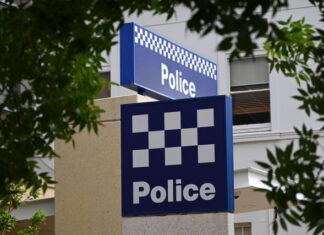Under the Weather, by Lindsay Smail
Geelong has completed a very average July, with most weather figures falling well within the normal range.
Daily minimums across the city were around 0.5C cooler than the long-term average and maximums were 0.7C warmer.
Six frosts were recorded when minimums fell to 2C or lower, with the lowest overnight minimum all the way down to -0.2C on 2 July. This was Geelong’s equal third lowest minimum and the coldest since 1994.
The warmest night for the month was recorded on 30 July when 10.9C was the highest minimum since May.
The coldest day for July 2017 was the third day of the month when the mercury reached a maximum of only 11.6C.
Despite recent commentary about dry conditions, urban Geelong received an average 40mm across 17 days of July. In comparison, the latest 30-year average of July rain is 44.5mm, so the month this year fell into the normal category again.
The wettest day was 28 July when 11.2mm was recorded at Breakwater.
Across the remainer of the rest, rain measurements ranged from below 50 per cent of normal at Balliang to well over 100 per cent down the coast at Apollo Bay.
The totals left the region’s water catchments at 62 per cent of capacity by the end of the month, which was 10 per cent higher than at the same time last year.
Along with July 2017’s six frosts, other weather features for the month included one thunder day, on the 25th, and one very windy day with gusts over 60km/h, on the 29th.
* Lindsay Smail operates Geelong Weather Services







